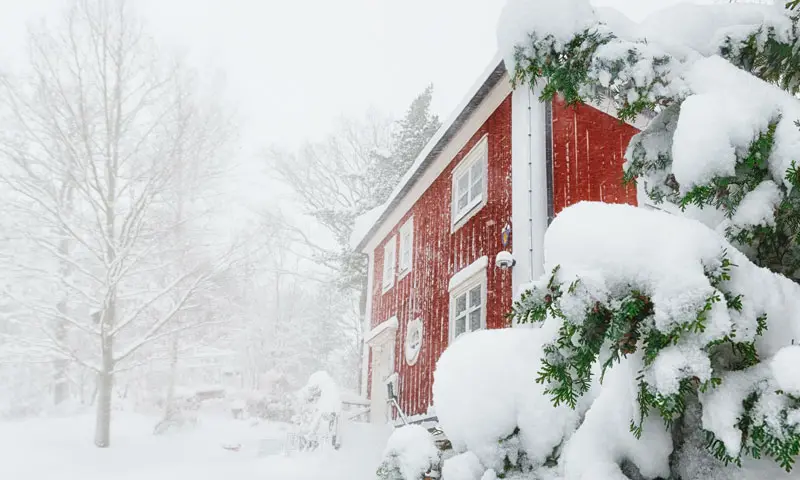When it comes to snow days, there’s a distinct polarity between the experience of adults and children. While kids eagerly anticipate school delays and cancellations, adults are left pining for a time when a blizzard meant snowmen and igloos – not hours of cleanup and pricey household maintenance.
Preparing your home for a blizzard, extreme cold, or harsh winter conditions is one of the most important things you’ll ever need to do as a homeowner. So long as you’re organized, you can minimize the stress, time, and cost of keeping your house (and the people in it) safe and comfortable during even the most intense snowstorms.
And remember – you can always sign up for home warranty coverage on your home’s heating system so that in the case of a breakdown, Select Home Warranty will get you in touch with a service professional. Call us at 800-670-8931 to learn more or get started today!
Prepare for the worst and stock essential supplies.
When the local forecast calls for snow, you want to be ready for anything Jack Frost sends your way. Before any winter storm, stock up on non-perishable food that requires minimal preparation and plenty of water. You’ll want at least a three-day supply.
In addition, many of the following tools and supplies will last you for years, so it’s better to have them and not need them than to need them and not have them.
-
- Batteries
- Blankets
- Fire extinguishers
- First-aid kit
- Hand-crank light / flashlights
- Matches
- Multi-tool
- Plenty of winter clothes
- Pocket knife
- Portable phone batteries
- Portable generator
- Salt spreader and salt
- Snow shovels or snow blower
- Space heaters
- Whistle
- Work gloves
Winterize your home to the best of your ability.
We’ve covered this in the past, but you’ll want to winterize your home as best you can. Be sure your attic and walls are properly insulated, that doors and windows have caulking and weather-stripping, and that you have storm windows and storm doors installed. If necessary, call in a professional contractor to ensure your home is weatherproof.
Additionally, you’ll want to be sure your pipes are insulated, that your rain gutters are clear and clean, and that all your smoke and carbon monoxide detectors are fully functional with fresh batteries.
Have your home systems checked by a professional.
Heating systems are often put to the test in colder weather. If you live in a typically warmer climate, or even a climate prone to warmer summers, there’s a chance you haven’t had your home heating system checked in a while. Extreme winter conditions can lead to breakdowns within these systems, so it’s important you have them inspected regularly to ensure they’re fully functional whenever you need them to be.
Did you know that, if you have a home warranty, issues with your home heating system may be covered? If you don’t have a home warranty, consider investing in one – repairs to your heating system can be expensive, costing anywhere from hundreds to thousands of dollars.
Play it safe during the storm.
During a snowstorm or extreme winter weather, you’ll usually want to stay indoors. If you do go outside, do your best to stay dry. Don’t drive unless you absolutely must, and don’t forget to bring any outdoor pets inside.
Due to the dangers presented by carbon monoxide poisoning, if you do have a generator or any gas-powered tools, don’t use them indoors or too close to your home. Likewise, you’ll want to clear any snow or ice from the tailpipe of your car before you start it.

